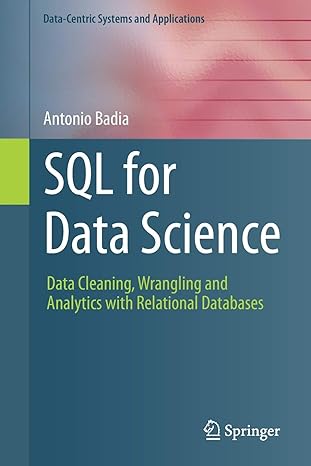Question
A) // memory address of p is 1000 // memory address of a is 1004 // memory address of b is 1008 Int *p; Int
A)
// memory address of p is 1000
// memory address of a is 1004
// memory address of b is 1008
Int *p;
Int a =15;
Int b =20;
P=a;
*p=b;
Cout << a << endl;
B)
// memory address of p is 1000
// memory address of a is 1004
// memory address of b is 1008
Int *p;
Int a =15;
Int b =20;
P=a;
*p=b;
Cout << *p << endl;
C)
// memory address of p is 1000
// memory address of a is 1004
// memory address of b is 1008
Int *p;
Int a =15;
Int b =20;
P=a;
*p=b;
Cout << p << endl;
D)
// memory address of p is 1000
// memory address of a is 1004
// memory address of b is 1008
Int *p;
Int a =15;
Int b =20;
P=a;
*p=b;
Cout << &p << endl;
E)
// memory address of p is 1000
// memory address of dynamic int array is 2000
Int *p;
P=new int[5];
For (int i = 0; i<5; ++i)
P[i]= 5 - i;
Cout << &(p[2])<< endl;
Step by Step Solution
There are 3 Steps involved in it
Step: 1

Get Instant Access to Expert-Tailored Solutions
See step-by-step solutions with expert insights and AI powered tools for academic success
Step: 2

Step: 3

Ace Your Homework with AI
Get the answers you need in no time with our AI-driven, step-by-step assistance
Get Started


